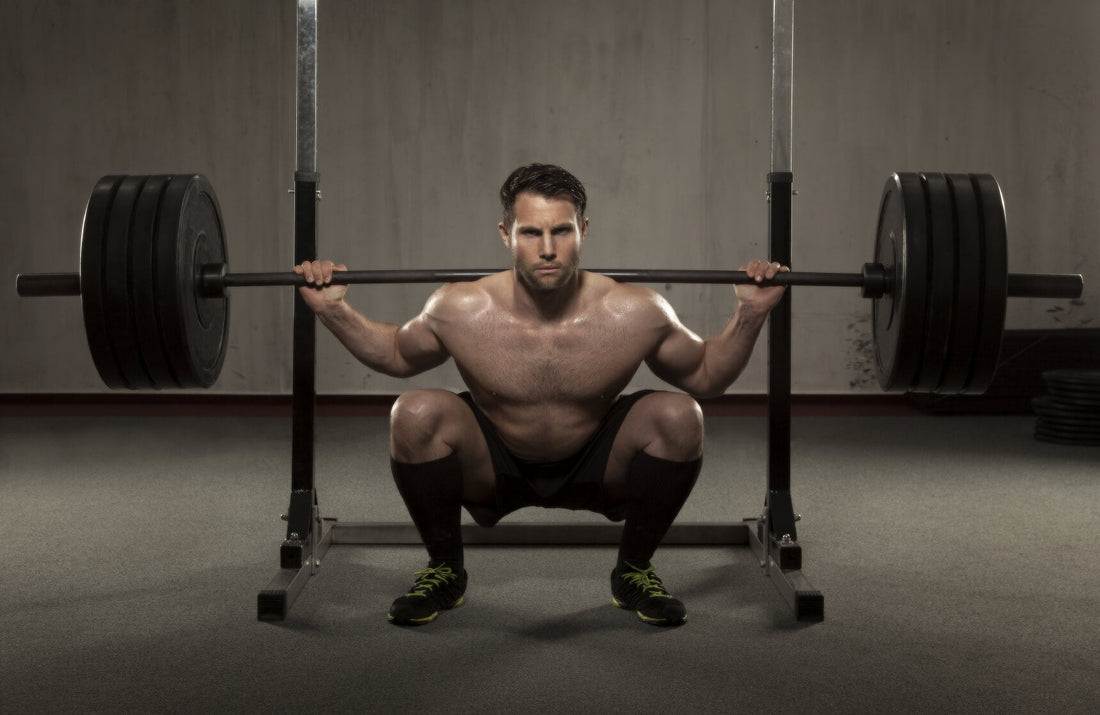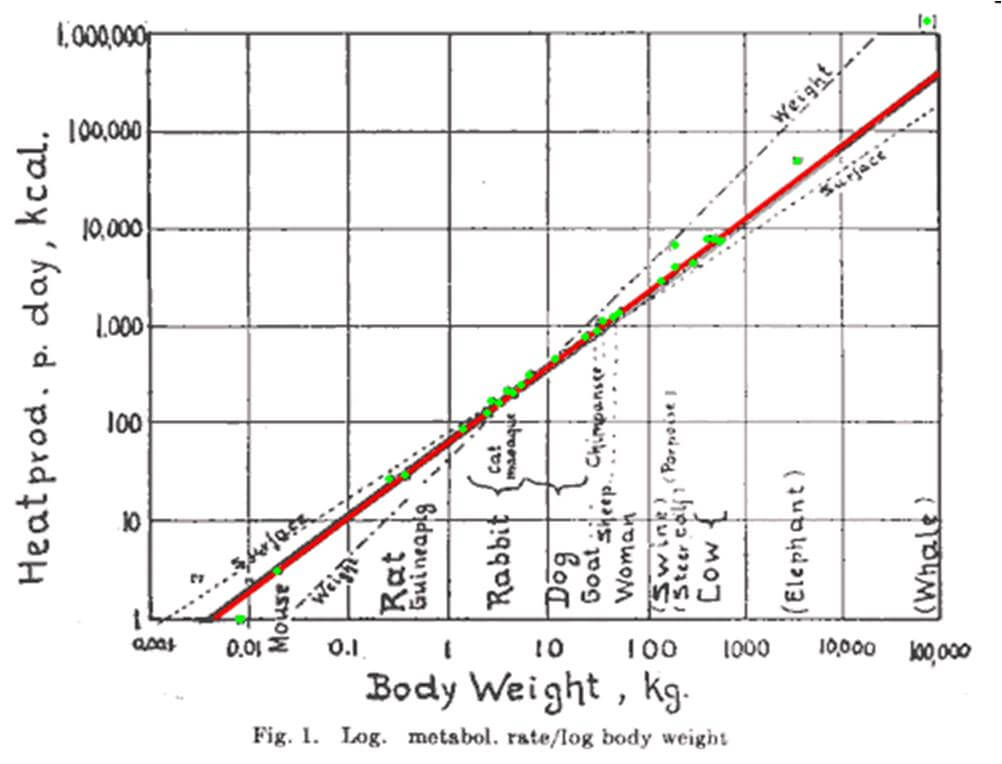
The Strength Curve: A Powerlifter's Guide to Understanding Your Lifts
Why is the bottom of a squat the hardest part, but the top of a deadlift is where you feel strongest? The answer lies in the strength curve. The strength curve describes how your ability to produce force changes throughout a lift's range of motion. Understanding the unique strength curve of each of the big three lifts is a high-level concept that can unlock a more intelligent approach to your training and accessory selection.

What is a Strength Curve?
A strength curve is a graphical representation of how much force you can produce at different joint angles. In lifting, it tells you where you are strongest and weakest in a given movement. There are three main types, but for powerlifting, the most relevant is the ascending strength curve.
- Ascending Strength Curve: You are weakest at the beginning of the lift (the bottom) and get progressively stronger as you approach the end of the lift (the top/lockout). The squat and bench press are classic examples of this.
The Strength Curve of the Squat and Bench Press
Both the squat and the bench press follow a classic ascending strength curve.
- The Bottom: This is the most difficult part. At the bottom of a squat, your muscles are in a lengthened, biomechanically disadvantaged position.
- The Mid-Range: As you begin to ascend, your leverage improves, and you can produce more force. This is often where the sticking point occurs.
- The Top (Lockout): This is where you are mechanically strongest and can handle the most weight.
How to Train for This Curve:
This is precisely why accommodating resistance (bands and chains) is so effective. It "accommodates" your strength curve by making the lift lighter at the bottom (where you're weak) and heavier at the top (where you're strong), forcing you to work hard through the entire range of motion.
The Unique Strength Curve of the Deadlift
The deadlift is more complex and can be described as having an ascending-descending curve or a "bell-shaped" curve for many lifters.
- The Bottom (Breaking the Floor): This is extremely difficult due to the inertia of the weight and the mechanically weak position.
- The Mid-Range (Around the Knees): Once the bar is moving, this is often the "easiest" part of the lift for many, as momentum is on your side.
- The Top (Lockout): The difficulty increases again as you must use your glutes and back to finish the pull against the full weight of the bar.
As explained by biomechanics experts like those at Stronger by Science, the exact curve depends on your individual leverages and deadlift style (sumo vs. conventional).
How to Train for This Curve:
This is why deadlift training often focuses on two key areas:
-
Starting Strength: Using variations like deficit deadlifts to make the hardest part even harder.
-
Lockout Strength: Using variations like rack pulls to overload the top of the movement.
Using This Knowledge to Be a Smarter Lifter
Understanding your personal strength curve helps you diagnose your weaknesses and choose your accessory exercises more intelligently.
- If you always fail at the bottom of your squat: You know you need to build raw strength in that specific position with tools like paused squats.
- If you always fail at the lockout of your bench press: You know your triceps are a weak point, and you need to hammer lockout-specific accessories like board presses and close-grip bench.
The strength curve is the invisible blueprint of your lifts. It explains why you are strong in some positions and weak in others. By understanding the general curves of the squat, bench, and deadlift, and by identifying your own personal sticking points, you can move beyond generic programming and start choosing the right tools to attack your specific weaknesses, leading to a bigger, more balanced total.








